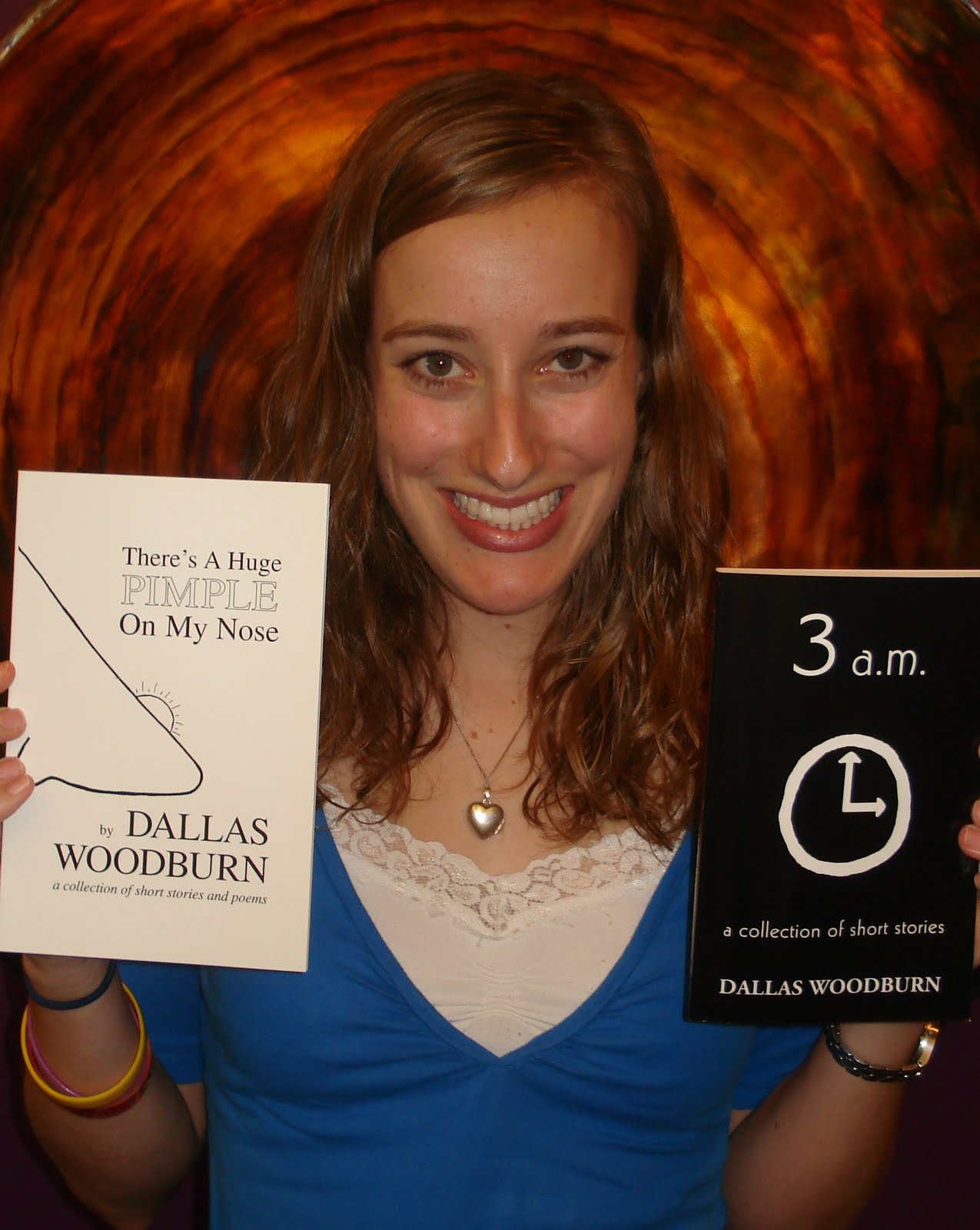 Mockingbird by Kathryn Erskine
Mockingbird by Kathryn ErskineMy rating: 4 of 5 stars
I was impressed by how authentic the voice of the main character, Caitlin, seemed as a portrayal of a young girl with Asperger’s Syndrome. On Kathryn Erskine's website she shares a long list of books she read to research Autism and Asperger’s; it also mentions that she interviewed experts and teachers and had them read her manuscript and give her feedback. I think this level of detailed research shines through this book. I took a literature class last semester that focused on portrayals of disability in fiction, and one of the commonalities we discussed was the tendency of authors to give disability some sort of heightened symbolic meaning, or for the characters with disabilities to be defined wholly by their disabilities/differences rather than being portrayed as whole and nuanced human beings. I thought Kathryn Erskine avoided both of these tired tropes in Mockingbird. Caitlin’s voice is unique, but not in a way that impeded me from seeing her as a vivid, real character. As I read further along into the book, it was like her disability faded into the background and I knew Caitlin more for her other traits: her artistic talent, her bravery and curiosity, her quick thinking, her stubbornness, and her compassion and thoughtfulness.
This book tackles difficult subjects—grief, violence, bullying, difference—with a gentle and generous spirit. It is a great reminder to students (and teachers and parents!) that we all have our differences, but we also all have much the same about us. Mockingbird seems to argue that the only way to combat exclusion and meanness is to strive towards understanding each other and being patient with each other, and though some adult readers might find the treatment of this theme/motif a bit heavy-handed, I think it is a valuable lesson for all readers and one that is worth sharing.
Caveats: A school shooting plays a major plot point in the book, which may be upsetting for some students to read about. Teachers should be extra sensitive to this topic and perhaps use the book as a jumping-off point for discussion on school safety, violence, bullying, etc.
Teaching idea: This book would be excellent to pair with To Kill a Mockingbird (and possibly the film version of the novel as well.) Teachers might also work in creative art time by giving students an assignment to draw a mockingbird as a charcoal or pencil sketch (black and white) and then to do another version with pastels or watercolors (color). What different beauty can be found in each version? A reader-response question might be: Think of a time you had an argument or disagreement with someone. Write down your point of view of what happened. Now, turn over the piece of paper and write about the same event as if you are the other person telling the story. Get inside this person’s head/perspective, much as Caitlin tries to do in the book when she is learning to empathize with others.
Other books by Kathryn Erskine: Quaking (2007) and The Absolute Value of Mike (2011)
Themes/motifs: grief and healing, art, family, community, friendship, loss, disability and difference, black & white vs. color & nuance
View all of my Goodreads reviews








No comments:
Post a Comment